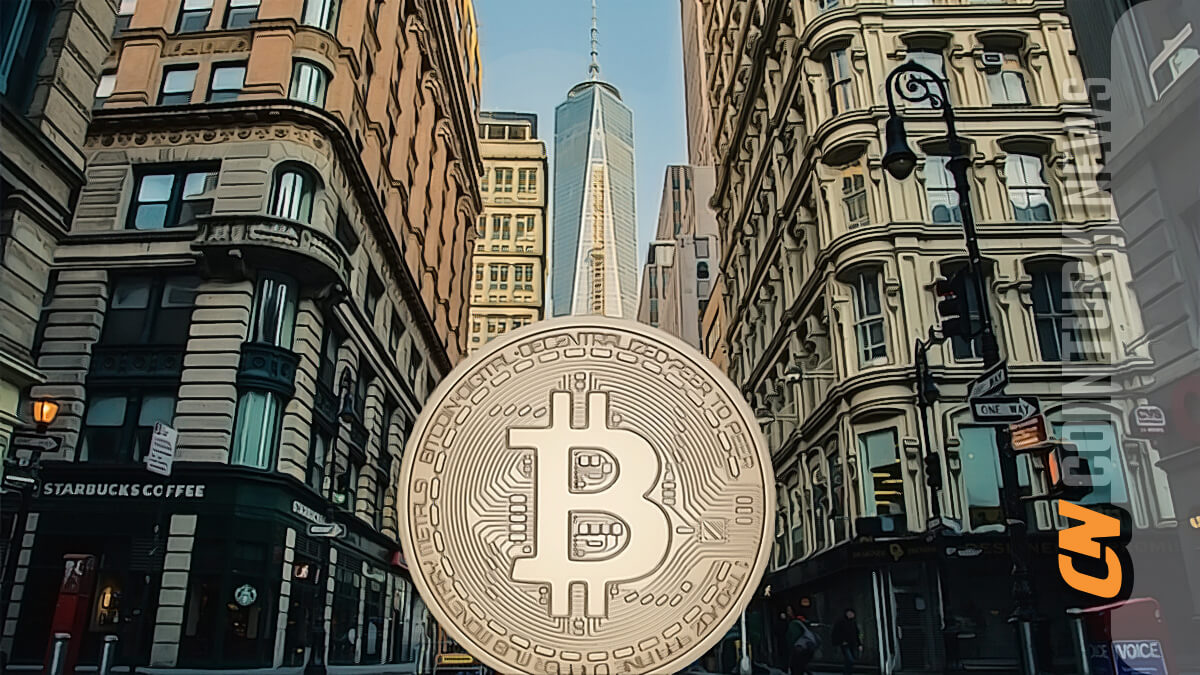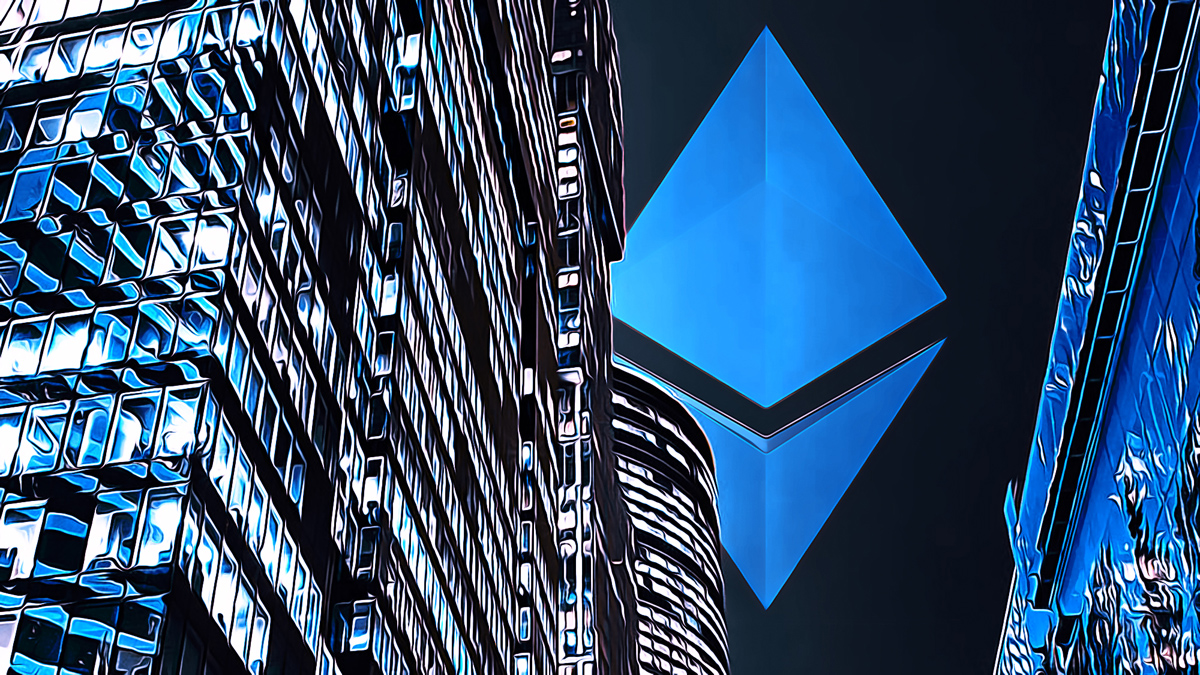Bitcoin‘s Bitcoin Ordinals has seen a surge in its activity following the release of the BRC-69 token standard, which allows for NFT creation via a process known as inscribing.
250% Increase in Bitcoin Ordinals Activity
The Ordinals launchpad, Luminex, announced the Bitcoin Request for Comment (BRC)-69 token standard on July 3. Since then, activity on Ordinals has increased by over 250%. This increase was achieved with the release of a modified version of the BRC-20 standard for Ordinals, reducing inscription costs by over 90%.

In a series of Tweets, Luminex noted, “With BRC-69, transaction fees for Ordinals collections can be reduced by over 90%. This reduction is achieved through a 4-phase process: (1) writing of features, (2) distribution of collection, (3) compilation of collection, and (4) printing of assets. The simplicity of usability offered by the BRC-69 token standard lies in the fact that Ordinals inscription owners need to write only a single line of text instead of a full image. This text, thanks to recursive inscriptions, enables the automatic creation of the final image on all sequential front ends using only resources on the chain.”
According to data tracked by blockchain analysis company Glassnode, the number of inscriptions created on July 10 exceeded 350,000. This shows that the BRC-69 standard is delivering on its promise so far.

According to data tracked by crypto data platform Dune Analytics, while the number of new inscriptions is rapidly increasing, the transaction fees paid in daily timeframe for inscriptions remain stagnant.
The Bitcoin Ordinals Hype
Ordinals was first launched in January and brought the narrative of NFT and smart contracts to the Bitcoin Blockchain, increasing investors’ interest in tokens such as Bitcoin Layer 2 Stacks Network’s native token, STX.
According to Glassnode, the Ordinals hype can be divided into two waves. The first wave hit between the beginning of February and the end of April. Image-based inscriptions led the first wave, while high-fee text-based inscriptions led the second wave, which began in May.

 Türkçe
Türkçe Español
Español









